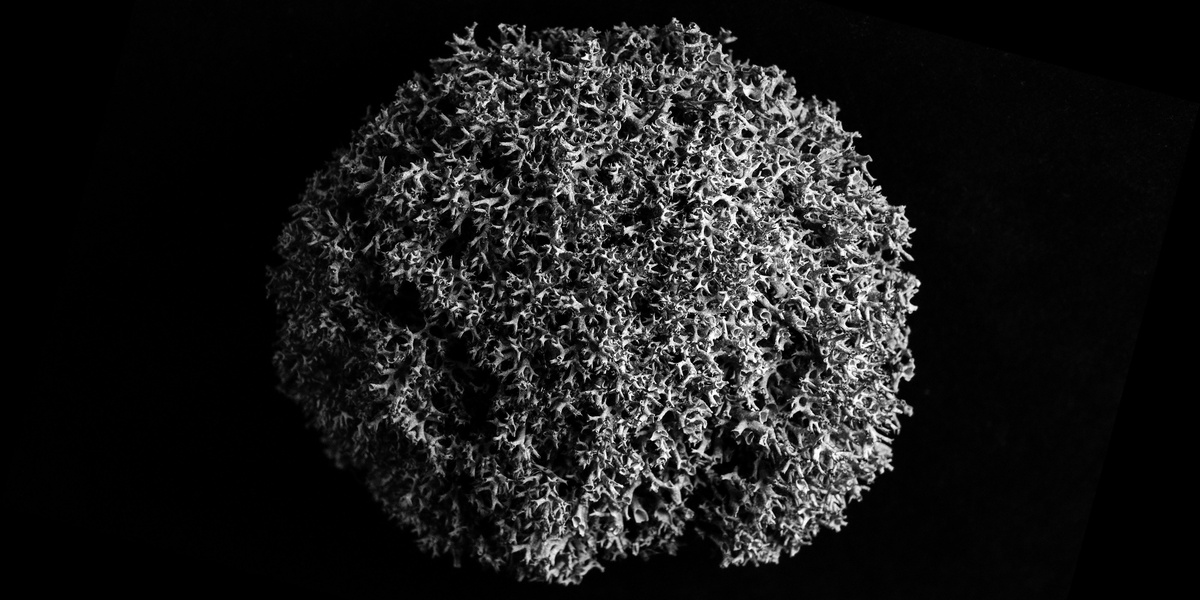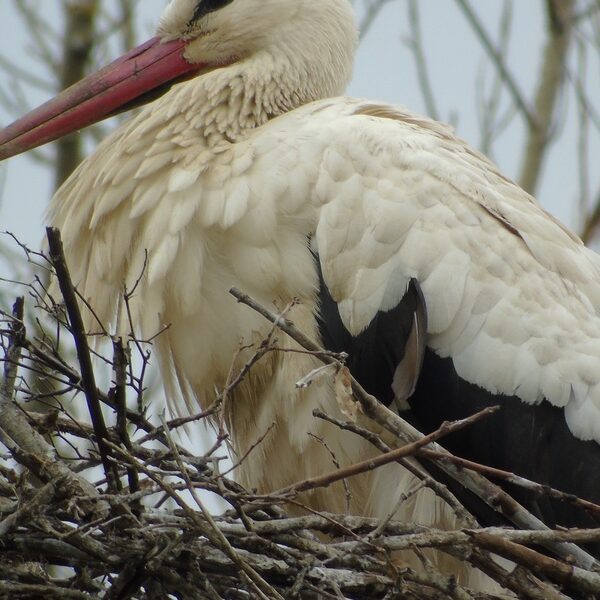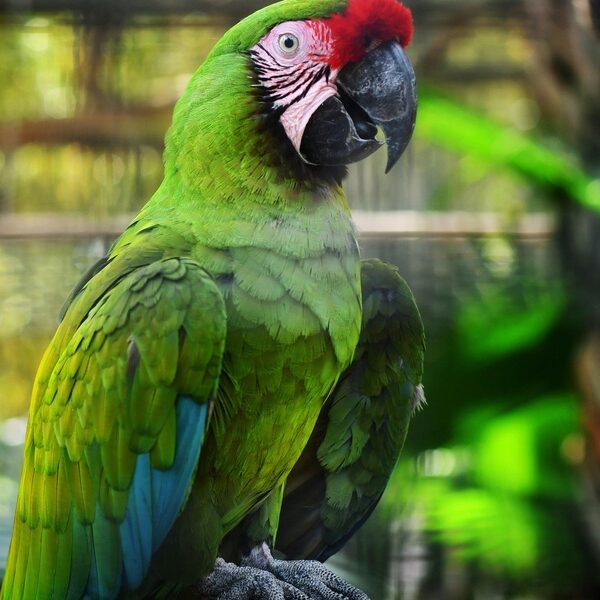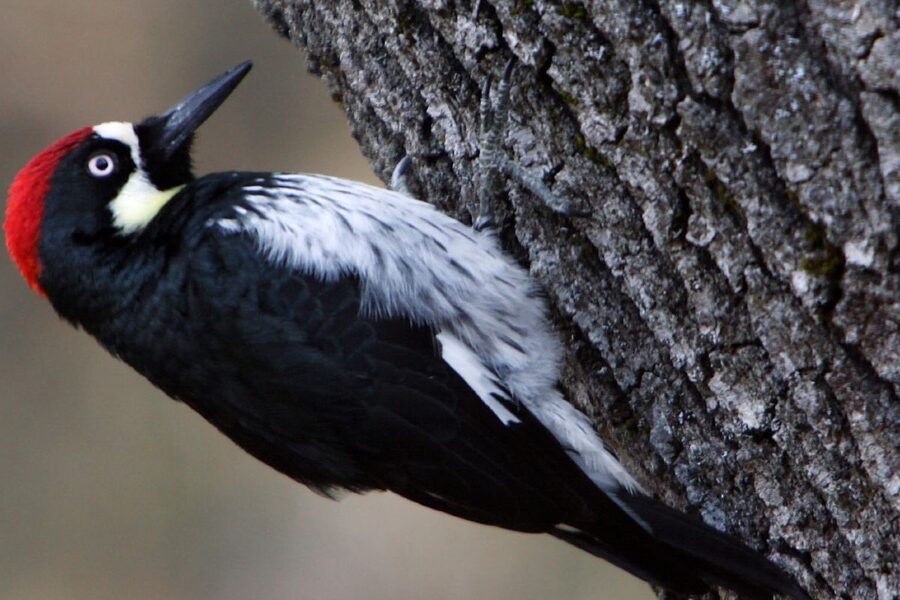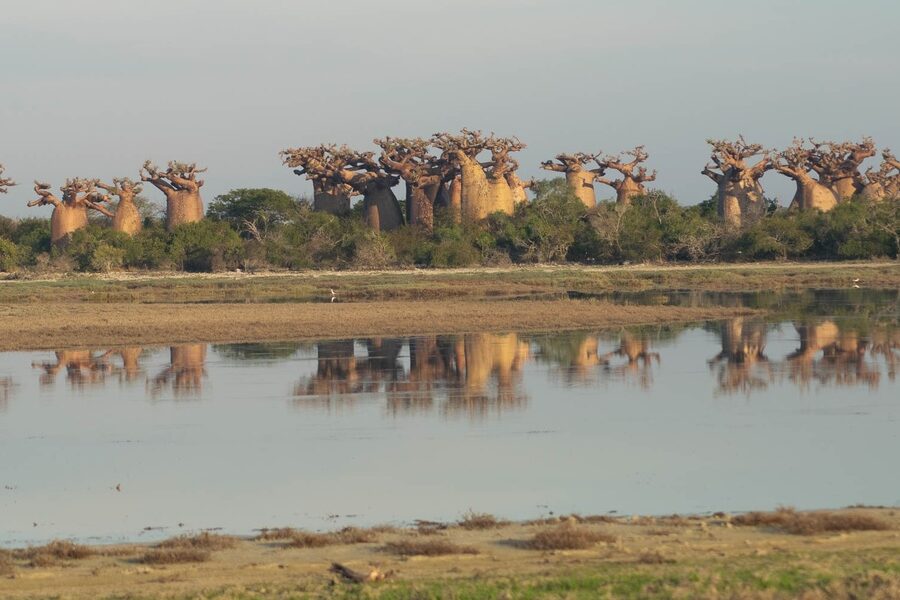Wandering damp forests, shaded rock faces and alpine scree, you start to notice the tiny tapestries mosses weave across a landscape. They’re quiet indicators of moisture, soil and exposure, and spotting subtle differences can turn a walk into a small field study.
There are 20 Moss Examples, ranging from Alpine haircap to Woolly fringe-moss to show the range of forms; for each species data are organized with Scientific name,Typical size (mm),Distinguishing features — you’ll find below.
How can I tell similar moss species apart?
Look for a combination of traits rather than a single clue: size and growth habit, leaf shape and midrib, spore capsule presence and position, and habitat. A hand lens helps reveal leaf cell patterns and margins; use the Typical size (mm) and Distinguishing features columns to compare specimens side by side.
Is it possible to observe or cultivate these mosses at home?
Yes, many species can be observed or grown if you mimic their natural conditions—substrate, moisture, light and drainage matter most. Alpine or specialist species may need cooler, well-drained setups, while common woodland mosses tolerate shade and steady humidity; collecting from the wild may be restricted, so consider propagation from spores or cultivated sources.
Moss Examples
| Common name | Scientific name | Typical size (mm) | Distinguishing features |
|---|---|---|---|
| Peat moss | Sphagnum magellanicum | 100 | Spongy cushions, often red-tinged |
| Haircap moss | Polytrichum commune | 100 | Tall, rigid stems with hairlike leaf tips |
| Broom moss | Dicranum scoparium | 30 | Curved, spear-shaped leaves; cushion-forming |
| Sheet moss | Hypnum cupressiforme | 30 | Flattened, carpet-like mats; feathery stems |
| Silvergreen bryum | Bryum argenteum | 10 | Silvery glossy rosettes; small cushions |
| Pincushion moss | Leucobryum glaucum | 40 | Dense, round cushions; pale grey-green |
| Feather moss | Pleurozium schreberi | 40 | Feathery, pinnate stems; orange-red stem bases |
| Twisted moss | Syntrichia ruralis | 15 | Leaves twist when dry; dense mats on rock/soil |
| Grey-cushion moss | Grimmia pulvinata | 10 | Gray cushions with hair-pointed leaves |
| Springy turf moss | Rhytidiadelphus squarrosus | 50 | Springy, upright tufts; recurved leaves |
| Red-stemmed feather moss | Ptilium crista-castrensis | 40 | Pinnate, fern-like look; reddish stems |
| Purple-stalk moss | Ceratodon purpureus | 20 | Bright red-purple capsules; tufted habit |
| Water moss | Fontinalis antipyretica | 100 | Submerged trailing stems with long leaves |
| Woolly fringe-moss | Racomitrium lanuginosum | 20 | Woolly cushions with hair-pointed leaves |
| Apple moss | Bartramia pomiformis | 30 | Round, apple-like capsules on long stalks |
| Epiphytic cushion moss | Orthotrichum spp. | 15 | Small cushions on bark; bristly capsules |
| Rough-stalked feather-moss | Brachythecium rutabulum | 40 | Flattened, glossy mats; pleated leaves |
| Common cord moss | Funaria hygrometrica | 20 | Spoon-shaped leaves; curved young capsules |
| Alpine haircap | Polytrichastrum alpinum | 80 | Tall, stiff stems with toothed leaf tips |
| Rock haircap | Syntrichia montana | 15 | Compact cushions on rock; twisted leaves when dry |
Images and Descriptions
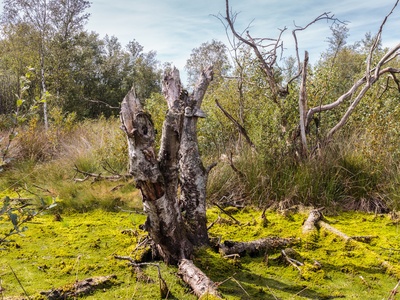
Peat moss
Sphagnum peatmoss forms dense, water-retaining cushions in bogs and wetlands across cool temperate regions. Excellent at holding moisture and acidifying substrates; widely harvested for horticulture and peat, important in carbon storage and bog ecology.
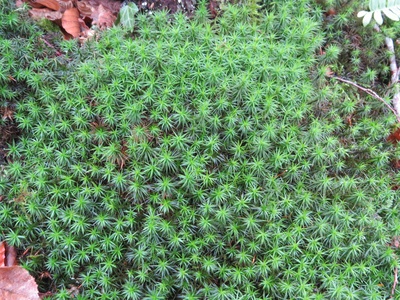
Haircap moss
Haircap moss grows in dense erect tufts on acidic soils and open woodland floors throughout the Northern Hemisphere. Its tall, stiff stems and papillose leaves make it obvious; used in restoration and as an indicator of dry, acid sites.
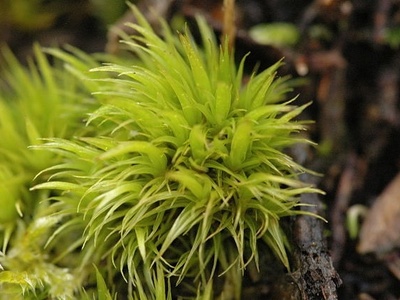
Broom moss
Dicranum forms compact green cushions on soil, logs, and tree bases in temperate forests. Leaves curve to one side giving a swept look; favored in terraria and shady gardens for texture and easy identification.
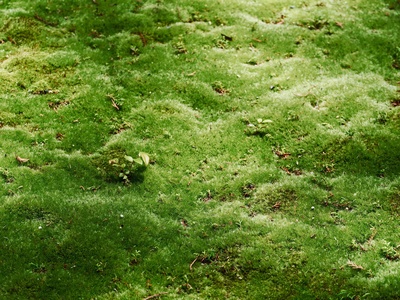
Sheet moss
A very common moss on logs, rocks, and soil, Hypnum makes soft green carpets across temperate regions. Its feather-like branching is distinctive; used in floral work, horticulture, and as groundcover in shaded gardens.
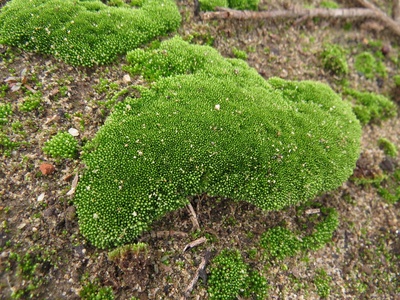
Silvergreen bryum
Bryum argenteum tolerates urban heat and disturbance, colonizing pavement cracks, roofs, and dry soils worldwide. Small, silvery-green cushions with shiny leaves make it easy to spot; often the first moss to appear on bare ground.
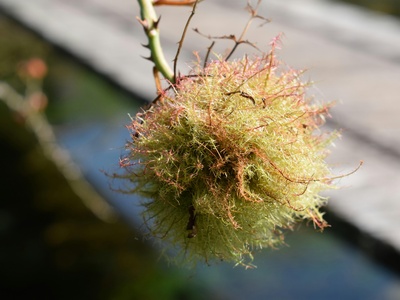
Pincushion moss
Leucobryum forms distinctive, spherical cushions in acidic woodlands and lawns across temperate zones. Its pale, porous leaves store moisture, creating striking mounds that are popular in terrariums, moss gardens, and decorative plantings.
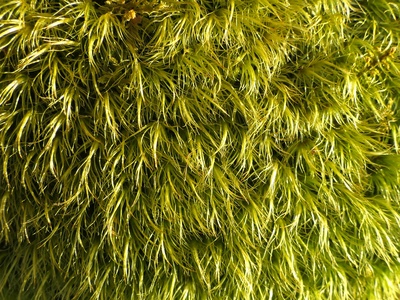
Feather moss
Pleurozium dominates boreal forest floors, forming thick carpets on humus and soil. Feathery branches and reddish stems are diagnostic; it plays a key role in insulating soil, retaining moisture, and supporting forest ecology.
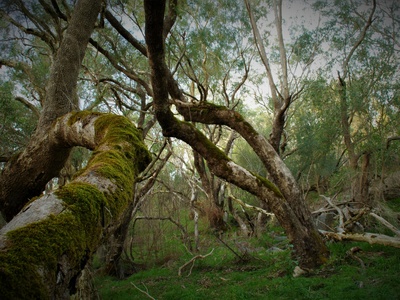
Twisted moss
Syntrichia is a drought-tolerant, cosmopolitan moss on exposed soils, walls, and rocks. Leaves curl tightly when dry and spread when wet, making identification easy; studied for desiccation tolerance and useful in xeric landscaping.
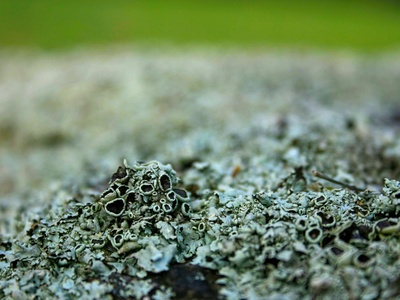
Grey-cushion moss
Grimmia forms low, grey cushions on sunny rock faces, mortar, and roofs. Tolerant of pollution and drying, it shows darker green when wet; a common pioneer on exposed rocky substrates.
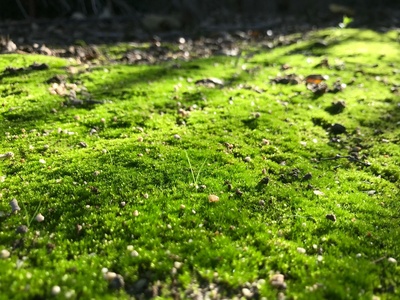
Springy turf moss
Found in lawns, grasslands, and roadsides across temperate regions, this moss forms springy green turfs. Often indicates compacted or low-nutrient soil; used as a lawn moss and studied for turf management.
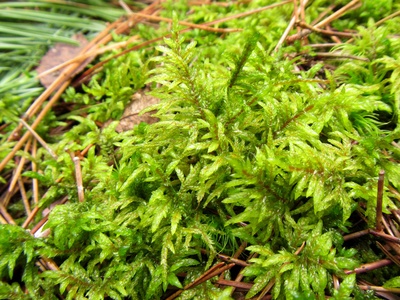
Red-stemmed feather moss
Ptilium forms soft, ferny mats in boreal and temperate forests on humus and logs. Its graceful, feather-like branches and red-tinged stems add texture to the forest floor and moss gardens.
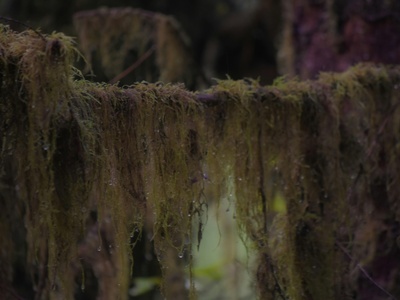
Purple-stalk moss
Ceratodon rapidly colonizes disturbed, dry soils, pavement and burned ground worldwide. Tufts of green leaves with conspicuous red sporophytes after disturbance make it easy to spot; a common pioneer species.
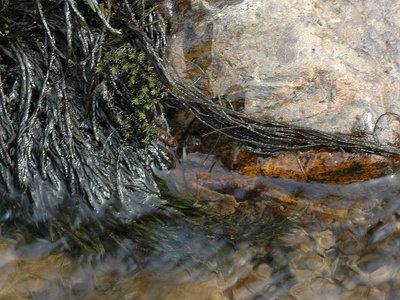
Water moss
An aquatic moss of streams, rivers, and lakes in temperate regions, Fontinalis forms trailing, anchored mats on stones and submerged wood. Used in aquaria and as an indicator of clean, well-oxygenated water.
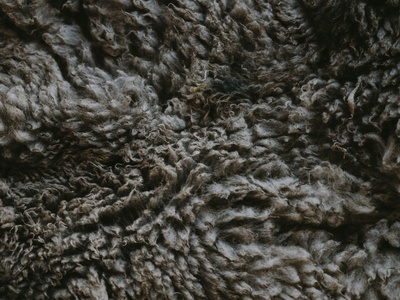
Woolly fringe-moss
Racomitrium forms dense, woolly cushions on exposed rocks and mountains in cool climates. Hair-pointed leaves and a grey-green appearance help it resist wind and frost; important in alpine and tundra communities.
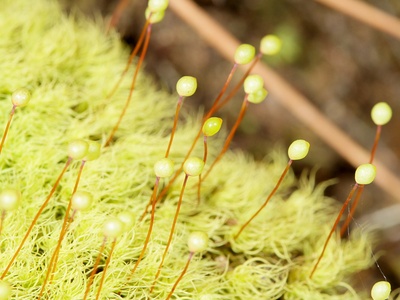
Apple moss
Bartramia grows on acidic rocks and soil in shaded woodlands and banks. The spherical capsules on slender stalks resemble tiny apples; valued for rock gardens and as an engaging ID feature for naturalists.
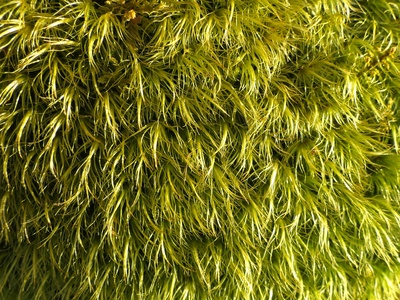
Epiphytic cushion moss
Orthotrichum species commonly form small cushions on tree trunks and branches in cities and woodlands. Easy to find on bark, they are used as air-quality and humidity indicators and are popular among bryophyte collectors.
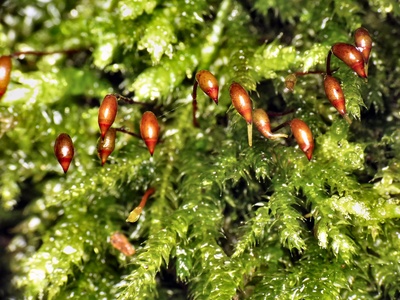
Rough-stalked feather-moss
Brachythecium thrives in damp banks, walls, and lawns, creating shiny, flattened mats. Tolerant of shade and disturbance, it helps stabilize soil and is common in urban and rural moist sites.
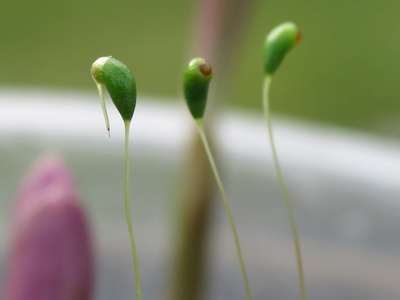
Common cord moss
Funaria rapidly colonizes burnt or disturbed soils, often appearing in dense patches after fires or construction. Its elongated capsules and spoon-shaped leaves make it noticeable; used to study colonization and succession.
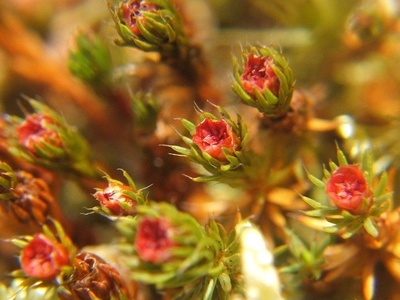
Alpine haircap
An alpine and arctic species forming dense tufts on tundra and mountain scree. Resembles Polytrichum but with distinct leaf lamellae; contributes to soil stabilization and microhabitat formation at high elevations.
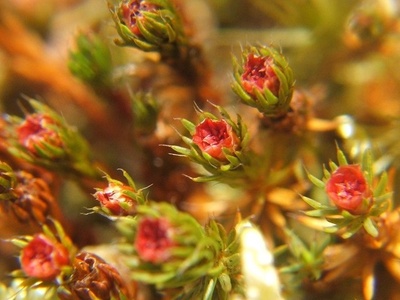
Rock haircap
Syntrichia montana is a hardy rock-dwelling moss of exposed cliffs and walls. Leaves twist when dry and spread when moist; tolerates extreme desiccation and solar exposure common in alpine and arid sites.
